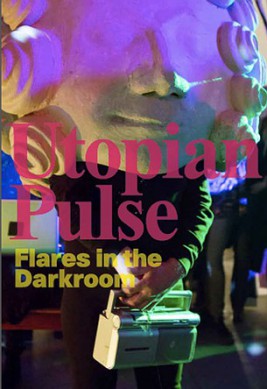Utopian Pulse at Württembergischer Kunstverein Stuttgart
more
INTRODUCTION
This project initiated by the Austrian artists Oliver Ressler and Ines Doujak took place last year at the Secession in Vienna. Focusing concrete sociopolitical situations, it follows utopian projections that serve the purposes of secession from and resistance to our particular present. Utopia here is understood as an always incomplete alternative, the invocation within the given world of something incompatible with, and hostile to, given conditions. It is a recognition of “something missing,” but also a necessarily imperfect assertion of that which is not extant—yet: utopia as the assertion of the unrealized in and against the real.
In Vienna, Utopian Pulse – Flares in the Darkroom was shown in the form of eight salons, taking place one after the other, each for one week. Four of these salons will be presented in Stuttgart in a different form and transformed to accommodate the format of an exhibition: the Salon Klimbim (Fahim Amir and Ines Doujak), the Salon Public Happiness(Christoph Schäfer), the Salon Fluchthilfe (Escape Aid; Zanny Begg), and Cuartos de Utopía (Spaces of Utopia; Pedro G. Romero and Máquina P.H.).
Situated at the heart of the exhibition is a large tent made of colorful strips of fabric, forming the Salon Klimbim display together with a disco ball and a series of platforms. In Vienna, it served as a framework for the Utopian Pulse opening event—a roaring celebration and political manifesto in equal measure, which in Stuttgart will attain presence in the form of a film. In Stuttgart, the tent provides the space and frame for a series of lectures, workshops, and performances revolving around artistic and activistic designs, projections, and projects related to the theme of utopia.
The three other Salons fathom the limits and potentialities of utopian ideas in the context of contested urban space—specifically, in Hamburg and Istanbul (Salon Public Happiness)—as well as escape with related approaches fostering openness towards the other (Salon Fluchthilfe) and flamenco cultures (Cuartos de Utopía).
Another facet of the exhibition involves sixteen artistically designed banners created for the exhibition in Vienna and adapted for the Stuttgart venue.
